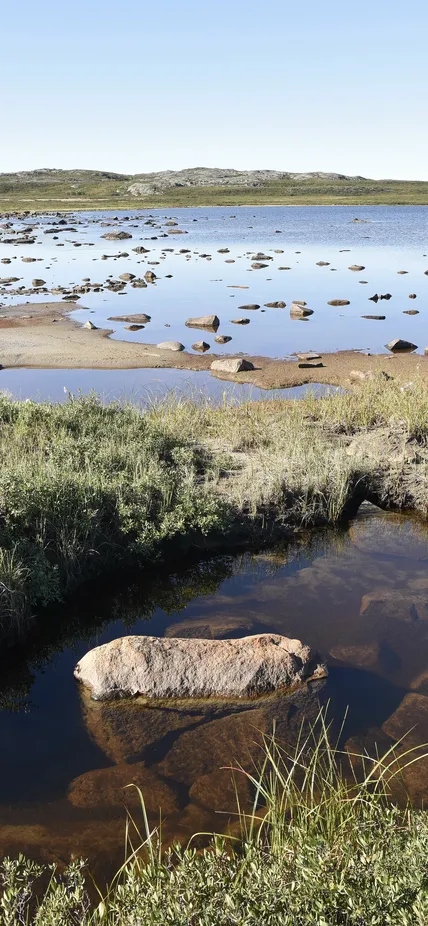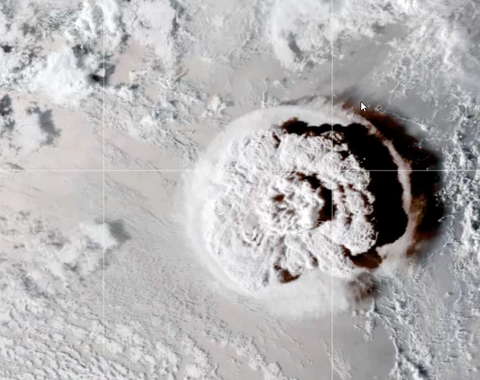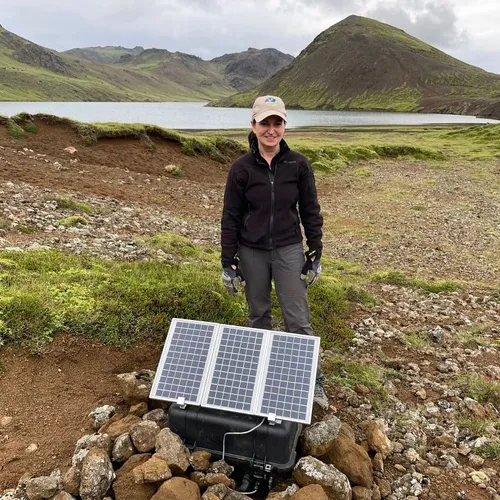Earth Science Updates

Earth Science Research Areas
Explore our core Earth science research areas:
Geochemistry
We combine lab experiments and fieldwork on rocks from around the world to understand how Earth’s crust formed and how materials cycle between the surface and interior. This work helps us piece together a chemical timeline of Earth’s early history.
Geophysics & Geodynamics
We study Earth’s interior and the forces that drive earthquakes, volcanoes, and our magnetic field. Our research reveals how the planet moves, evolves, and supports life at the surface.
Experimental Petrology
We use high-pressure equipment to recreate the extreme conditions found deep within the Earth. These experiments show how heat and pressure shape the structure and behavior of our planet’s interior.
Mineralogy & Mineral Physics
We investigate how minerals form and change using lab experiments, computer modeling, and artificial intelligence. By examining how minerals form, interact, and transform, we uncover stories written in Earth’s materials.
Earth Science Glossary
Curious about the terms used in our Earth science research? This glossary breaks down key concepts, tools, and phenomena that help us understand our planet—and others like it.

The most abundant mineral on Earth, found deep in the mantle. It forms under extreme pressure and helps drive heat flow inside the planet, and was first identified in nature inside a meteorite.
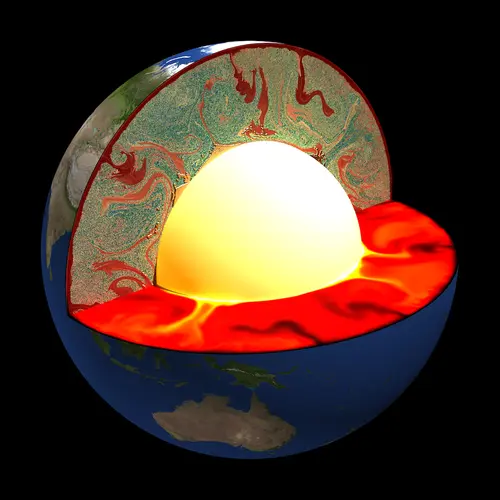
The dynamic interface between Earth’s molten outer core and solid lower mantle, located around 2,900 kilometers below the surface.

The process that generates Earth’s magnetic field, driven by molten metal flowing in the outer core.
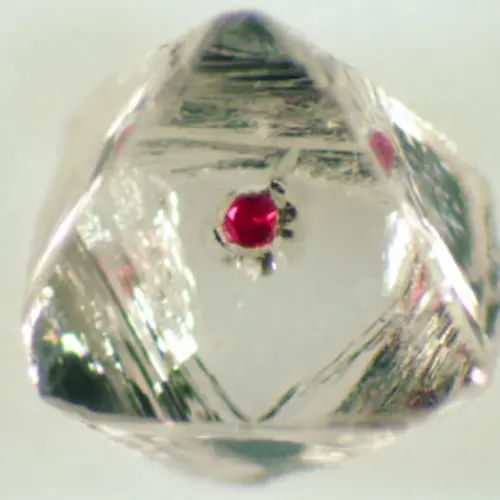
A material trapped inside a rock or crystal during its formation. Inclusions act like time capsules, preserving clues about the environment when its host mineral formed.

A form of an element with a different number of neutrons. The ratio of certain isotopes can serve as a chemical fingerprint, used to date rocks and trace Earth’s history.
A portable seismic station developed by Carnegie scientists for rapid field deployment. These rugged kits contain everything needed to collect ground motion data in remote locations.

A region where one tectonic plate sinks beneath another. These zones power earthquakes, volcanoes, and the recycling of Earth’s crust.
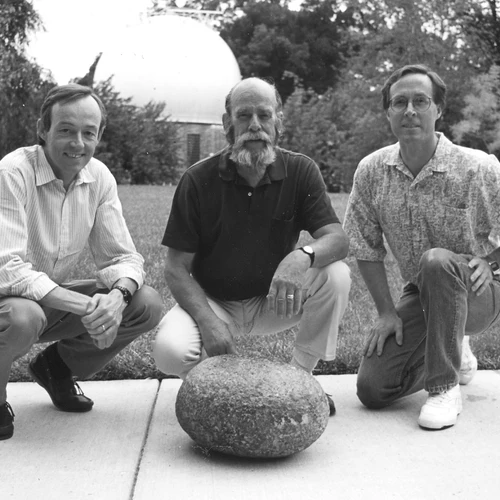
A piece of deep Earth rock carried to the surface by magma. Xenoliths offer rare, direct samples of Earth’s mantle and lower crust.
Support Earth Science
From building seismic arrays to supporting early career scientists, your donations have a direct impact on our research.
Earth Science Divisions
Drawing on more than a century of science, our multidisciplinary department discovers exoplanets, creates new materials, illuminates Earth's inner workings, and seeks to better understand the universe that is our home.
Home Page